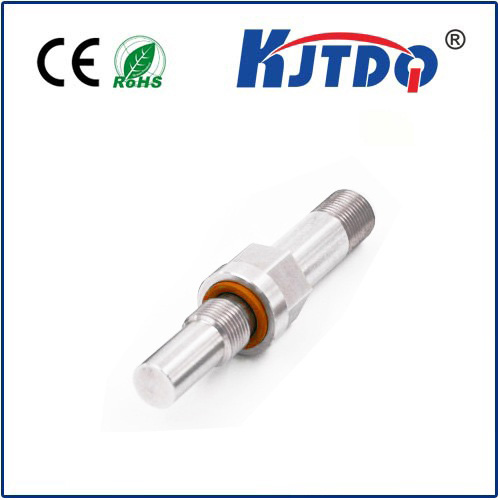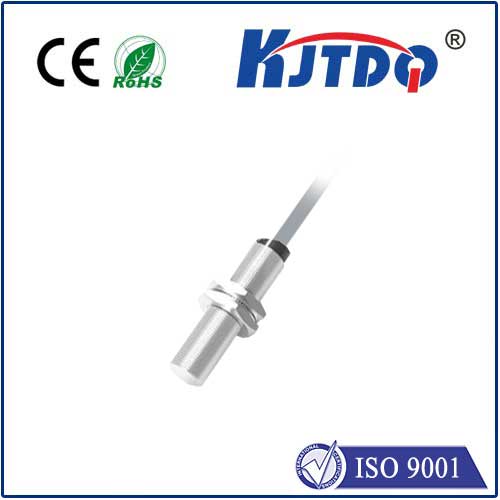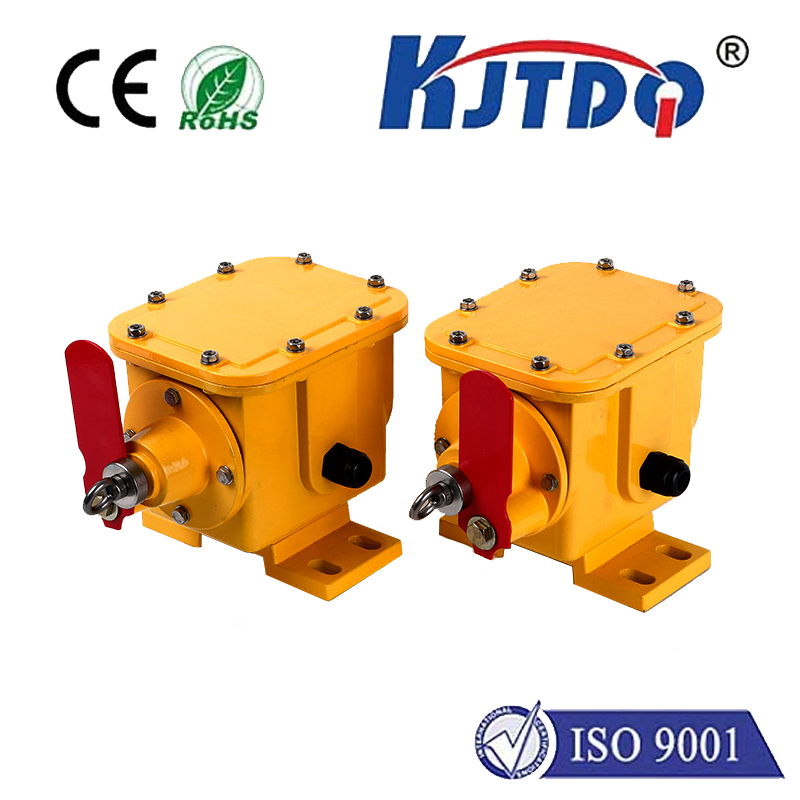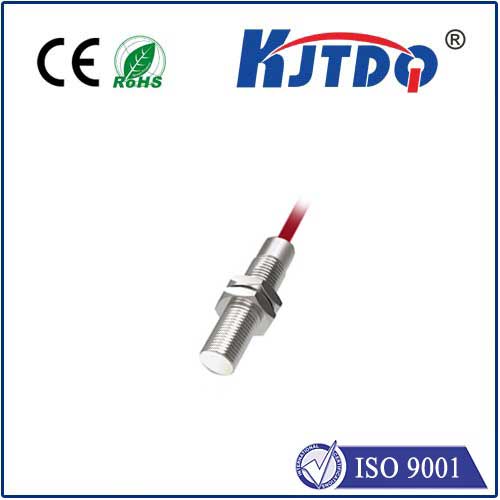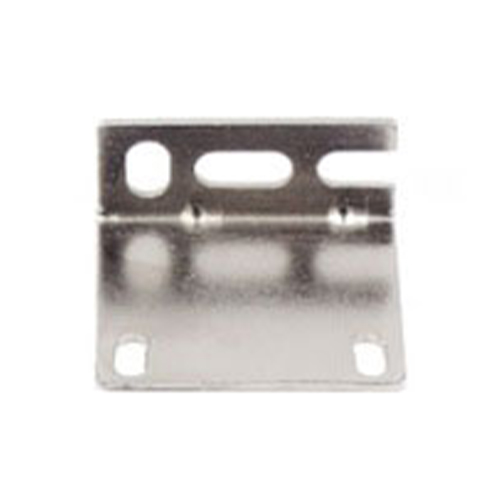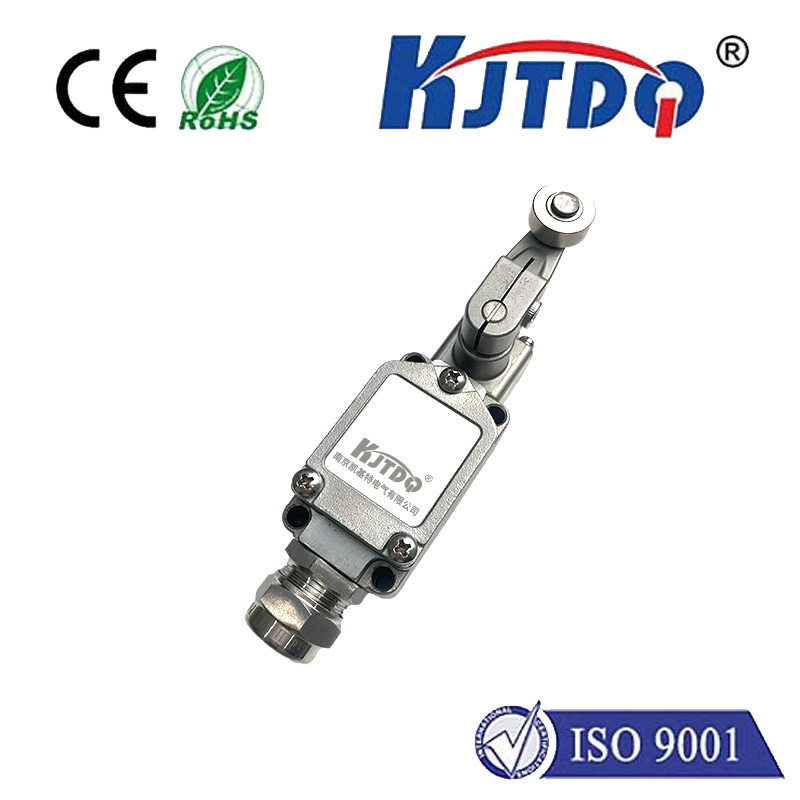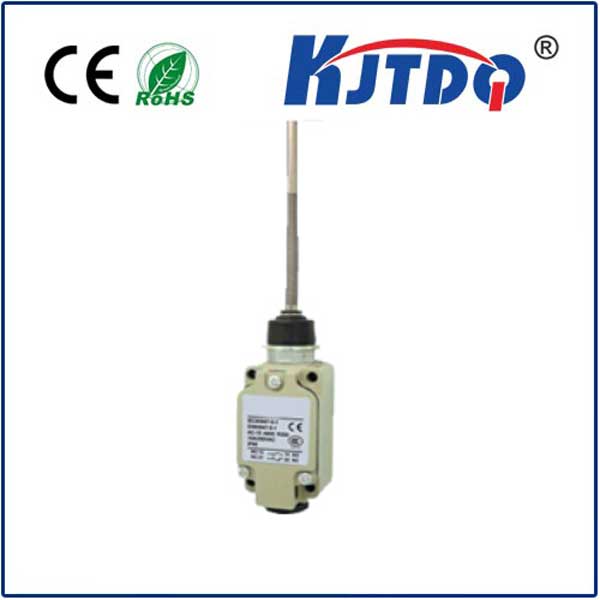оптический датчик обратного отражения
- time:2025-07-24 04:15:17
- Нажмите:0
Retro Reflective Optical Sensors: Where Precision Meets Simplicity in Object Detection
In an automated world where pinpoint accuracy and reliable object detection are paramount, what technology offers a compelling blend of performance and practicality? That title often belongs to the retro-reflective optical sensor, a workhorse in industrial automation, security, and countless everyday systems. Its unique principle of operation bridges the gap between complex thru-beam setups and less precise diffuse sensors, providing a sweet spot for many demanding applications. Let’s delve into the workings, strengths, and diverse uses of this fascinating technology.
Understanding the Core Principle
At its heart, a retro-reflective optical sensor operates much like a lighthouse and a very specific kind of reflector. The sensor unit itself houses two key components in a single housing: an emitter (usually an Infrared LED or visible light source) and a receiver (like a phototransistor or photodiode).
- The emitter sends out a focused beam of light.
- This beam travels outward towards a specially designed retroreflector target, positioned opposite the sensor.
- The retroreflector is the magic ingredient. Unlike a standard mirror that reflects light at an angle equal to the incident angle, a retroreflector sends the light straight back towards its source, regardless of the angle of incidence (within its designed field of view).
- The receiver, co-located with the emitter, detects this returned beam.
The State Change: Presence Equals Absence?
This is where the clever detection logic comes into play. The fundamental operating principle relies on the interruption of the reflected beam.

- Beam Intact (No Object): When the path between the sensor head and the retroreflector is clear, the receiver detects the strong returned signal from the retroreflector. The sensor outputs its “normal” state (often a logic HIGH or LOW, depending on its configuration - NPN/PNP, NO/NC).
- Beam Blocked (Object Present): When an object enters the space between the sensor and the retroreflector, it blocks the light beam. The receiver no longer detects the strong retroreflected signal. This absence of the expected strong return triggers the sensor to switch its output state, signaling the presence of the object.
Why Choose Retro-Reflective? Key Advantages
Compared to other photoelectric sensor configurations, retro-reflective sensors offer distinct benefits:
- Simplified Alignment & Installation: Arguably their biggest advantage. Unlike thru-beam sensors requiring precise alignment of separate emitter and receiver units, a retro-reflective sensor only needs alignment with its single retroreflector target. This drastically reduces installation time and complexity, especially over longer distances or in awkward spaces. One cable run instead of two is a significant practical plus.
- Longer Sensing Ranges: While thru-beam sensors generally hold the crown for maximum range, retro-reflective sensors typically offer significantly longer ranges than diffuse sensors (which rely on light bouncing off the target itself). This makes them ideal for larger machinery or conveyor setups.
- High Reliability: The strong, directed return signal from a quality retroreflector provides excellent signal-to-noise ratio. This results in reliable detection, less prone to false triggers from ambient light or marginally reflective objects compared to some diffuse sensors.
- Versatile Object Detection: They can detect a wide range of objects – opaque, transparent, shiny, or matte – as long as the object interrupts the beam path effectively. This is particularly useful for detecting clear bottles, plastic sheets, or glass panels where diffuse sensors might struggle.
- Cost-Effectiveness: While requiring a reflector, the single housing unit often makes retro-reflective sensors more cost-effective overall than comparable thru-beam systems (emitter + separate receiver).
The Heart of the System: The Retroreflector
The performance hinges critically on the retroreflector. Modern retroreflectors typically use an array of precisely manufactured corner cubes or utilize specialized microprismatic films.
- Corner Cube Reflectors: These are typically made of plastic or glass with three mutually perpendicular reflective faces. Light entering is reflected three times and exits parallel to the incoming path, ensuring excellent return efficiency.
- Microprismatic Tape/Sheets: Often made from durable polymers with embedded micro-cube structures, these offer a flexible, lightweight, and cost-effective retroreflective surface, ideal for tape applications or large targets.
Robust Applications Across Industries
The unique blend of range, reliability, and ease of use makes retro-reflective sensors ubiquitous:
- Промышленная автоматизация: Object presence/absence on conveyors, part counting, bottle/cap detection on filling lines, detecting pallets at warehouse entrances, machine guarding safety curtains (paired with control systems), robot positioning.
- Packaging & Logistics: Box dimensioning, break-beam detection on sorting lines, verifying package passage through chutes.
- Transportation: Vehicle detection at toll booths and parking gates, counting axles, door safety systems on trains and elevators.
- Security: Perimeter intrusion detection beams, access control systems (door/gate position monitoring).
- Consumer Electronics: Paper detection in printers, disc tray position in optical drives (historically).
- Перевозка материалов: Detecting the leading/trailing edge of large sheets (metal, plastic, paper).
Selecting and Deploying Effectively
To maximize performance:
- Range: Choose a sensor rated for more than your actual required sensing distance to account for environmental factors like dust or minor misalignment over time.
- Target Reflector: Use a high-quality retroreflector recommended by the sensor manufacturer for optimal range and signal strength. Ensure it’s clean and undamaged. Size matters – larger reflectors offer better performance.
- Mounting: Secure both the sensor and reflector rigidly to prevent vibration-induced misalignment. Protect cabling from damage.
- Environment: Consider ambient light interference. Many sensors feature modulated light (pulsing the emitter at a specific frequency) and tuned receivers to ignore constant ambient light sources. Protect sensors from excessive dust, moisture, or chemicals using appropriately rated enclosures (IP67/IP69K common).
- Object Characteristics: If detecting objects with reflective surfaces, polarized filters become crucial. These ensure the sensor only recognizes the distinct polarization signature returned by the retroreflector, ignoring light simply reflected off a shiny object passing through the beam. Ignoring polarization for shiny targets is a common source of false triggers.
A Staple of Modern Sensing
The retro-reflective optical sensor exemplifies elegant engineering – solving a complex detection problem with a straightforward, highly effective principle. By leveraging the physics of specialized reflectors to simplify installation while delivering robust, long-range performance, it has earned its place as an indispensable tool. From ensuring the smooth flow of products on a high-speed factory line to safeguarding personnel around dangerous machinery, this sensor type continues to unlock efficiency and reliability where precise, interruption-based detection is key. Whether facing transparent materials or navigating challenging installation spaces, understanding its operational logic empowers engineers to deploy this versatile sensing solution effectively.

